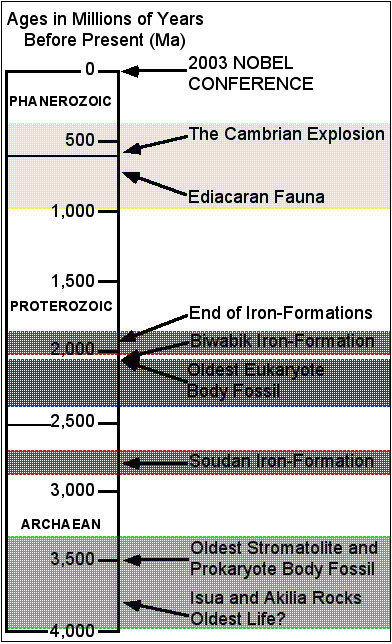Ancestors to the modern animals? Failed experiment in the chronicles of life? Misinterpreted bacterial mats? No one knows for sure the true nature of the three-dimensional casts and molds found throughout the globe in the Neoproterozoic. Some resemble modern animals such as jellyfish or arthropods; others would be more comfortable at the Cantina in Star Wars! What is known, is that the fossils are predominantly found on the undersides of coarse sandstone beds or mudstones, suggesting a rapid burial. Also, with very rare exception, this type of preservation is not found in younger rocks.
Although first recorded from Namibia, the name stems from the Ediacara Hills in Australia where the fossils were carefully described in 1947. Because of the worldwide presence of these fossils, it was suggested that this time in Earth history should be called the ‘Ediacarian Period.’ Whatever the Ediacaran fauna was, their remains are not found after the onslaught of mineralized organisms that evolved during the “Cambrian Explosion.”
The Ediacaran fossils in the cabinet come from two widely separated regions, Namibia and the White Sea of Russia. Do they resemble any creatures that are familiar to you?
Quick Links to: Introduction Oldest Rocks on Earth Oldest Fossils Prokaryotes vs. Eukaryotes Oldest Eukaryotes Oxygenation of the Atmosphere Ediacaran Fauna Snowball Earth Oldest Skeletons Pre-Cambrian/Cambrian Boundary Links for more information
